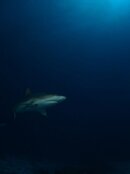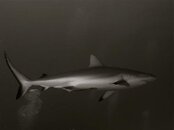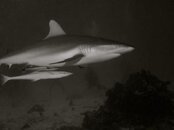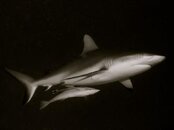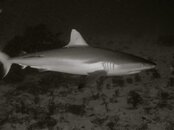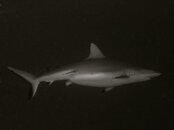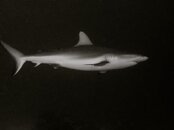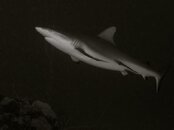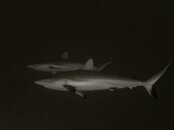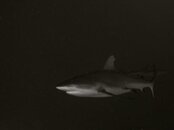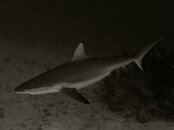When you shoot in manual you are setting all parameters for the camera including the aperture now the strobe TTL will use generally an centred average metering to evaluate when the exposure is correct according to the set aperture and at that point stop firing.
In general the problem can be that the camera TTL mechanism is not interepreted well by the strobe that ends up firing too late or stopping too late because of an issue of the STTL
If you get good shots then you trust it if not you shoot manual. Personally I do not compensate Ev on the strobe but if I see that there is a default overexposure I change the flash exposure compensation. To date I never had to do that and I don't even bother looking at histograms
Sometimes you do get clipped highlights with some reflecting parts of the frame in general there is nothing you can do other than closing the aperture and if you are maxed out that is it
Once a picture is underexposed of a small bit you can increase exposure level in lightroom, however if you clip an highlight or end up with no whites and many blacks some tones will be done and won't reapper again
In general the problem can be that the camera TTL mechanism is not interepreted well by the strobe that ends up firing too late or stopping too late because of an issue of the STTL
If you get good shots then you trust it if not you shoot manual. Personally I do not compensate Ev on the strobe but if I see that there is a default overexposure I change the flash exposure compensation. To date I never had to do that and I don't even bother looking at histograms
Sometimes you do get clipped highlights with some reflecting parts of the frame in general there is nothing you can do other than closing the aperture and if you are maxed out that is it
Once a picture is underexposed of a small bit you can increase exposure level in lightroom, however if you clip an highlight or end up with no whites and many blacks some tones will be done and won't reapper again




